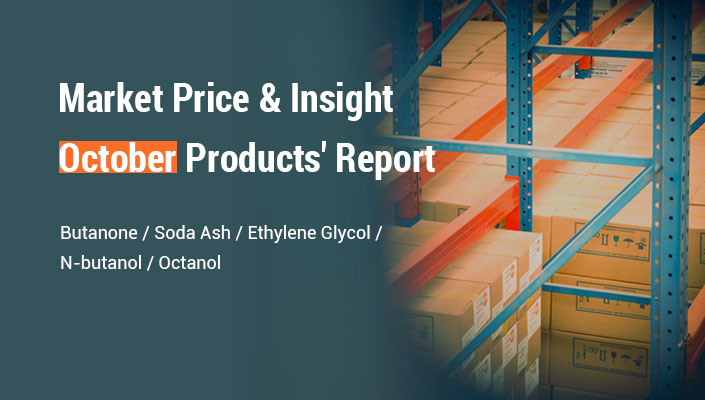Due to the covid-19 pandemic, the chemical industry is experiencing a series of strong constitutionnel challenges, which is partly (but not entirely) because of the epidemic. Although the industry has had to well manage product commercialization, changes in consumer attitudes as well as regional preferences, along with regulatory changes for many years, today’s dynamics are usually unique and more dangerous than ever before. On the whole, they will affect the whole benefit chain and are marketing the long-awaited structural alteration of the chemical industry.

As these challenges and their impacts are strongly linked, chemical companies must take measures to check out them comprehensively, take care of them and find solutions to benefit from them. This means that given the new difficulties facing these companies, they are going to comprehensively re-examine how price is generated. They have to determine that these repositioned benefit levers are operable and focused, combined with clear indications to determine their usefulness, while supporting upcoming growth goals.
Need uncertainty and earnings cliff
The main challenge faced by many chemical companies is the uncertainty and decline involving demand, which will use a different impact on caffeine sector and programs. From 2015 to 2019, the particular median sales development of chemical companies stayed at 3.8% each year, almost in line with the development of global GDP. However, many chemical companies, specially those targeting the European and North American markets, cannot expect such development.
In fact, the value coming of chemical companies shows disturbing signs. In the last 20 years, the total shareholder return of the compound industry has lagged not merely behind the average of industries, but also guiding the performance of the company’s key customer industrial sectors, including construction and non durable client goods. According to this specific standard, the development pace of chemical businesses is second simply to the automobile industry.
The modern demand pocket is really a double-edged sword
On the pros, chemical companies will get some comfort through the potential emerging desire. For example, chemical associated products and solutions will play an important role in the transition through fossil fuels to sustainable energy. For example, in the auto sector, the shift to electric cars (and possibly hydrogen powered cars) and autonomous driving a car will significantly lessen the demand for some materials used in fuel tank and under hood programs. But at the same time, power vehicles will need some new chemical traveling solutions, including batteries, vehicle lightweight, electric powered components and winter insulation.
There will be similarly profitable new demand in other market sectors. But these new markets are usually by no means easy for chemical substance companies. In order to enhance their particular attractiveness and applicability, chemical companies should develop new skills for you to rapidly improve compound properties and functions. By way of example, polymers and adhesives for mobile communication units should not only match the structural specifications since now, but also be much lighter. This is how these people meet the requirements of new products aimed at reducing disturbance and improving efficiency without increasing bodyweight.
Chemical companies must re-examine value leverage
Just how much interrelated driving forces that exert pressure on the chemical marketplace is extensive and complex. To be able to solve these problems, chemical substance companies may need to have a bold step: chemical substance companies reassess the seven core price levers that can best advertise the growth of the industry, reposition these to support the planned arranging and transformation efforts, if any, and conquer the current destructive difficulties. By re examining these value levers, compound companies can achieve a few key and spread goals.
The first is to concentrate on expanding existing value by improving and also modernizing business intelligence (BI) and developing brand new methods to measure price (value levers 1 and two). The second is to create brand new value, promote fresh investment and reference allocation examples via new products and start up business models (value levers Three or more, 4 and 3), better reflect the changes worthwhile chain and critical industry by altering investment portfolio, and style new governance framework to support key company models and operations (worth levers 6 and 7), so as to guide performance.
For additional information about the value creation of chemical companies have a look at the best website: look at this
